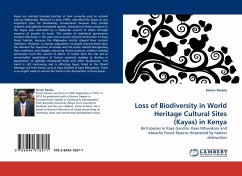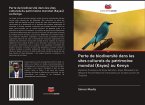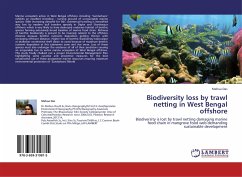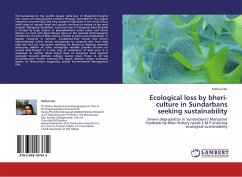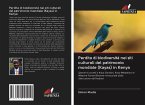Kayas are isolated forested patches of land currently used as cultural sites by Mijikendas. Research in early 1990s, identified the Kayas as very important sites for biodiversity conservation because they hosted endemic and globally threatened species. Extraction of forest products in the Kayas was controlled by a Mijikenda council of elders through issuance of permits to locals. This system of traditional governance worked effectively in the past and ensured minimal destruction of Kaya forest habitat, because the Mijikendas strictly obeyed their cultural traditions. However, as human population increased around these sites, the demand for resources increased and the locals started disregarding their traditions and illegally extracting forest products without seeking permission from the council of elders. In recent time this has led to uncontrolled exploitation of forests products leading to decline in populations of globally threatened birds and other biodiversity. This trend isstill continuing and is affecting Kayas listed in the World Heritage List from Kenya such as Kaya Gandini & Kaya Mtswakara. There is an urgent need to reverse the trend in the destruction of these Kayas.
Bitte wählen Sie Ihr Anliegen aus.
Rechnungen
Retourenschein anfordern
Bestellstatus
Storno

